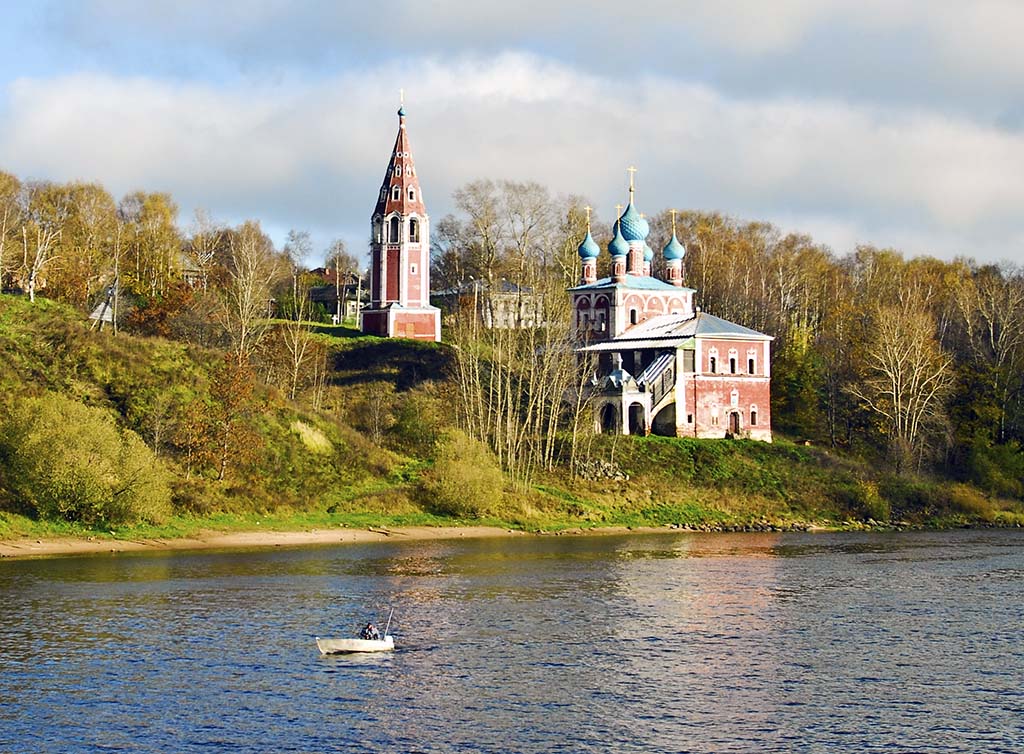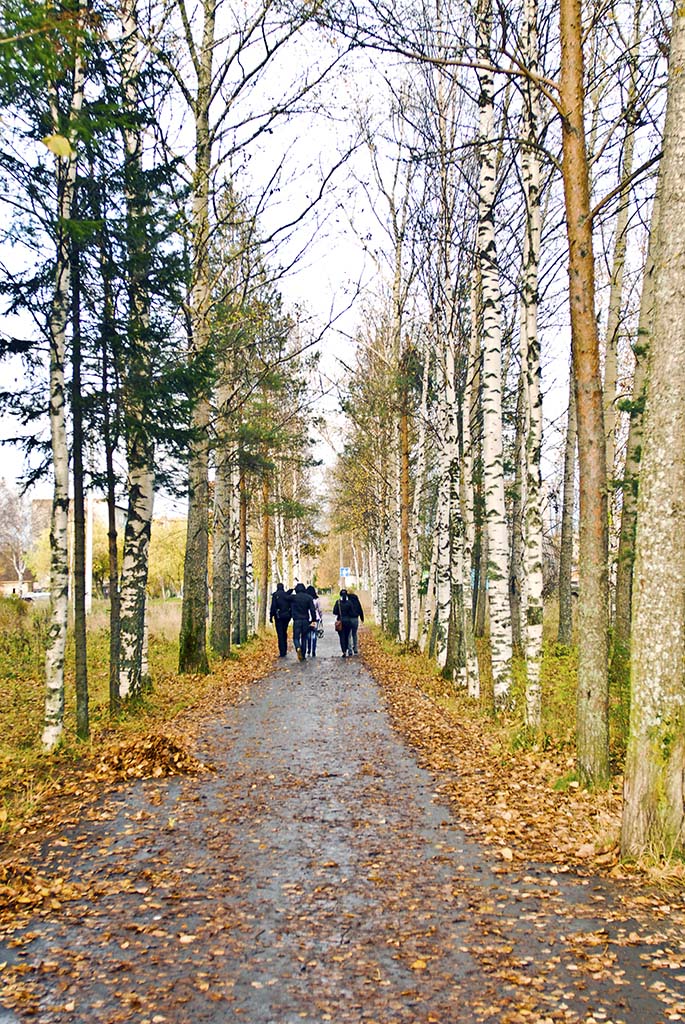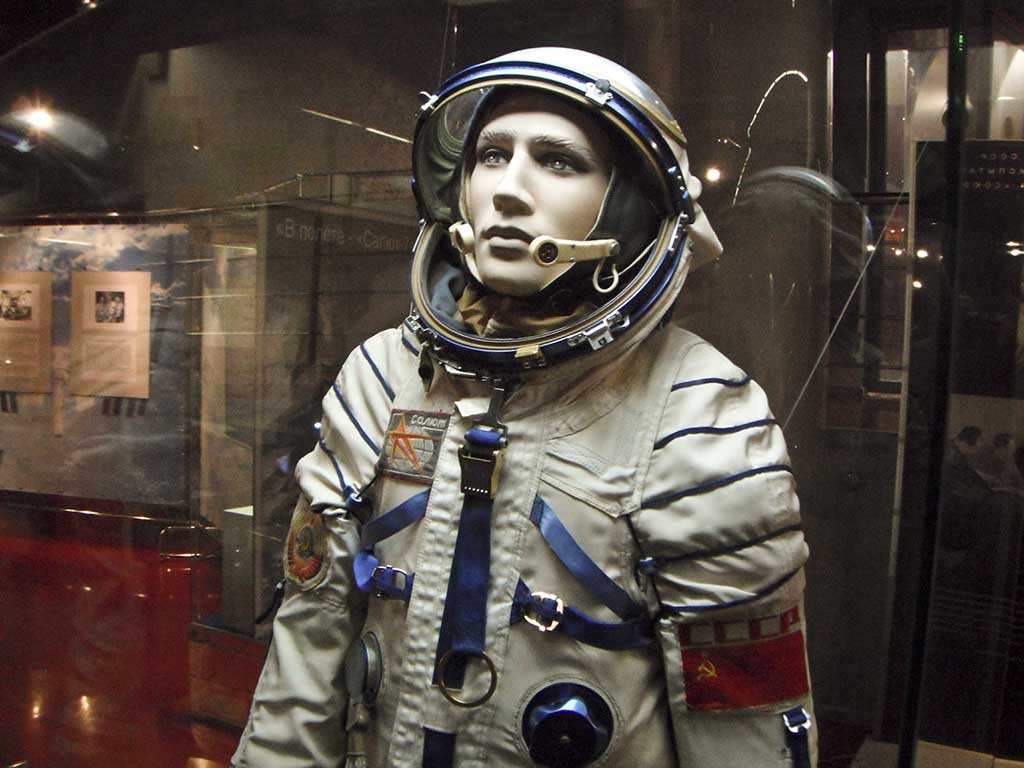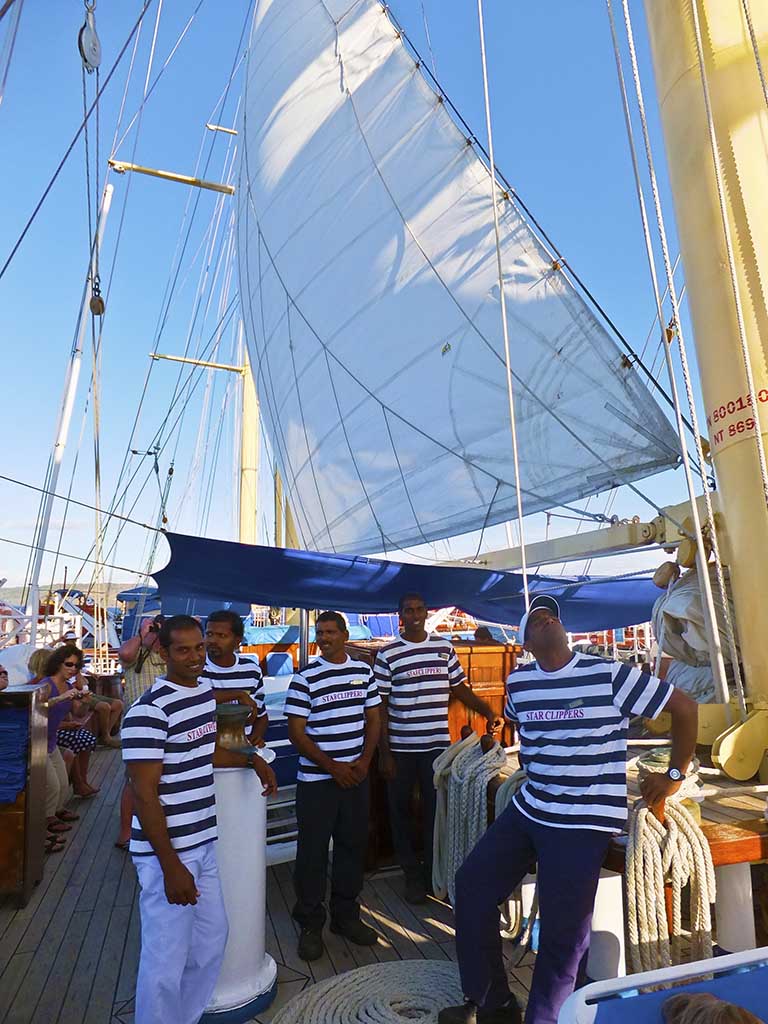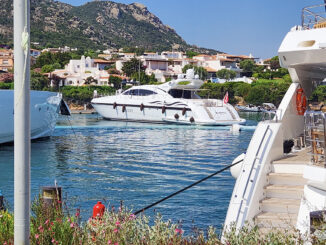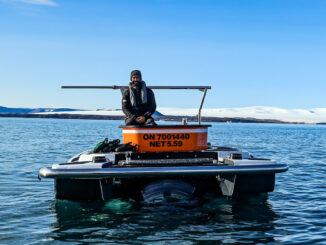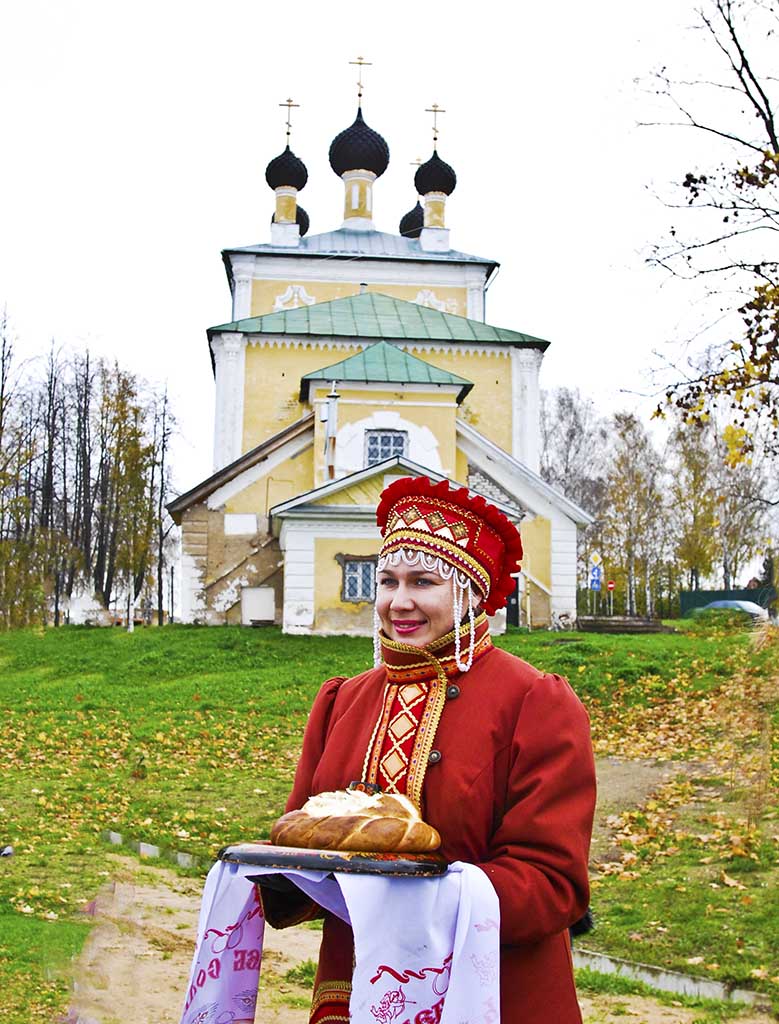
Our Russian river journey on Scenic Tsar is finally beginning and it’s an auspicious sign that after two straight days of rain, the sun breaks through as we cast off from Moscow’s fantastically elaborate river terminal.
For the next week we’ll be going back in time, along the Volga River and other waterways that for 1,000 years served as the main transportation route through the heart of Russia. The shoreline on both sides of the canal leading to the Volga are lined with what would be a regular sight on our week on the river: forests of white-trunked birch trees whose leaves have turned a blazing gold in the cool days and nights of October.
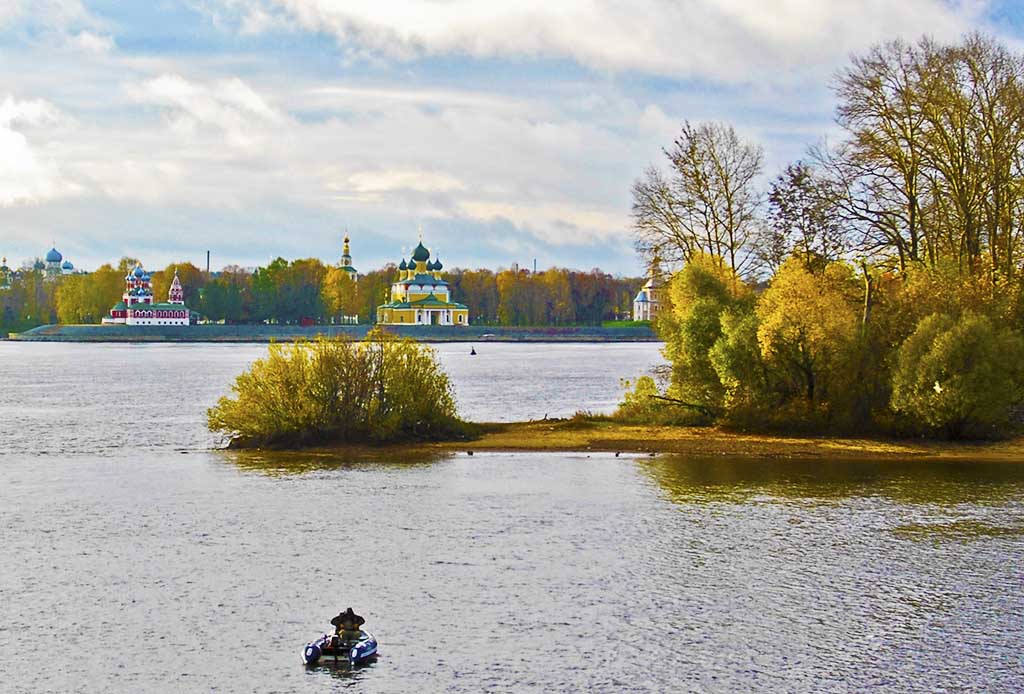
Something else that would be a regular experience was passing through series of locks that make the journey on the river a lot easier than it was in previous centuries.
A famed painting of the Volga Boatmen and a song recall the gruelling effort it used to take to get boats up and down the Volga. At its many rapids, crews had to tie a rope to the bow and get on shore and haul the ship over the rocks to deeper water.
“Volga, Volga you’re our pride; Mighty stream so deep and wide…yo heave ho.”
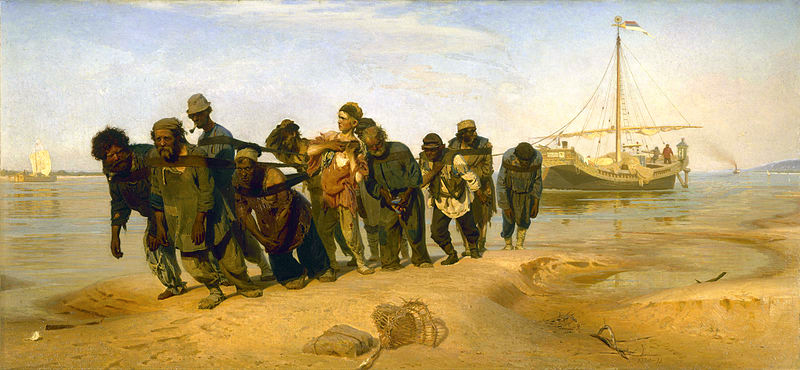
OK, so the popular Volga Boatmen’s Song sounds a whole lot more meaningful and mysterious when sung in Russian rather than English by a choir of basso profundos. But it must have made the journey a struggle. Today, getting upstream is a whole lot easier. Boats slide into a series of seven locks that let water do the lifting to higher elevations to get into the main Volga.
Our first destination is a village that was a part of another piece of history that inspired music.
Uglich–pronounced ooh-glitch–has a central role in the story of Boris Godunov, whose story became a drama by Alexander Pushkin and inspired the opera by Modest Mussogsky.
The must-see attraction in Uglich is the church of St. Demetrius on the Spilled Blood– Russians do have such bluntly dramatic ways to naming things.
It was built to commemorate the town’s most historic event, the mysterious death in 1591 of the 10-year old last son of Ivan the Terrible on the site where the church was built. He was found with his throat slashed and died shortly after.
You’ll have to read the history to even begin to follow the events that led to an official decree that the death was a suicide, opening the way for Boris Godunov to succeed Ivan as Tsar. Over the next 15 years, at least three young men claimed to actually be the rightful heir–the False Dimitris, the Poles invaded and it was an era of war and massacres until the Romanov Dynasty took charge in 1613. The era known as the Time of Troubles is still talked about today as though it happened just a few years ago.
The beautiful church with multiple onion domes in its roof that was built on the site is a swirl of color inside, every wall and the ceilings are painted with murals depicting heaven and Earth and Biblical saints.
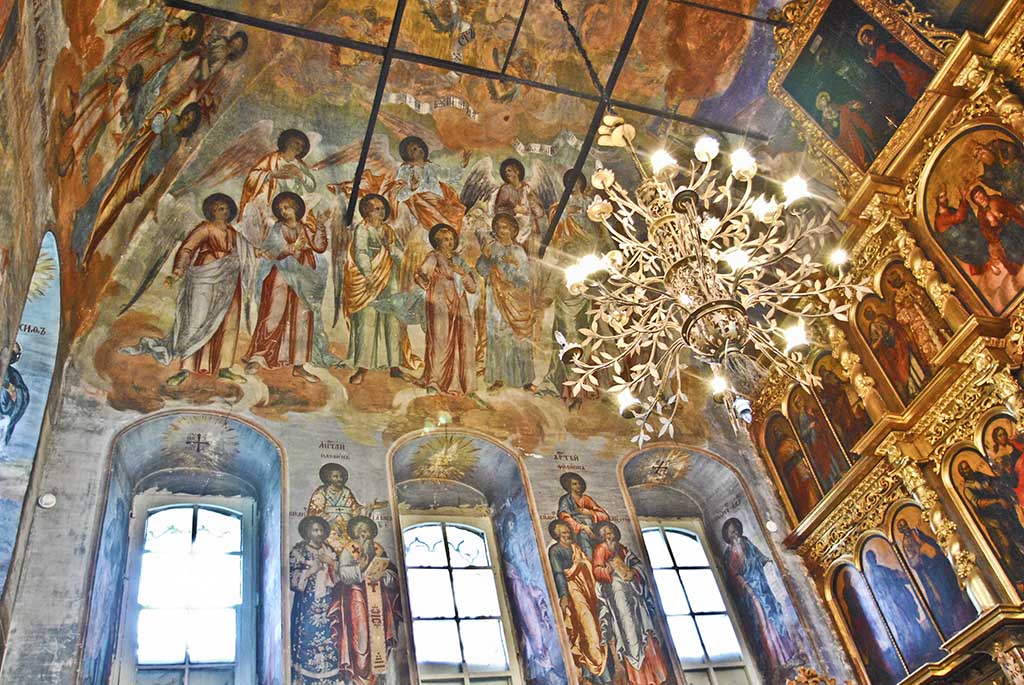
From St. Demetrius, we visited another church, and then another, each with splendid decorations and icons on their walls. But far from museums, they are still real places of worship, where people go daily to pray and light candles.
For 70 years the Communists tried to repress the Orthodox Catholic church which had a fierce spiritual hold on Russians. They destroyed some churches and turned others into museums “of atheism.”
This trip was going to show that the repression didn’t succeed and Russians still strongly believe. There’s been a renaissance in restoring churches and the complex in Uglich is one of the most splendid.
Scenic Cruises had arranged a special treat: a choral concert for the passengers on Scenic Tsar that fetured Uglich’s most famed male chior. The five men singing in the chapel with its reverberating acoustics sounded like a group of 50 heavenly voices.
It was a magical morning and now we had the afternoon to explore the town before the ship sailed on.
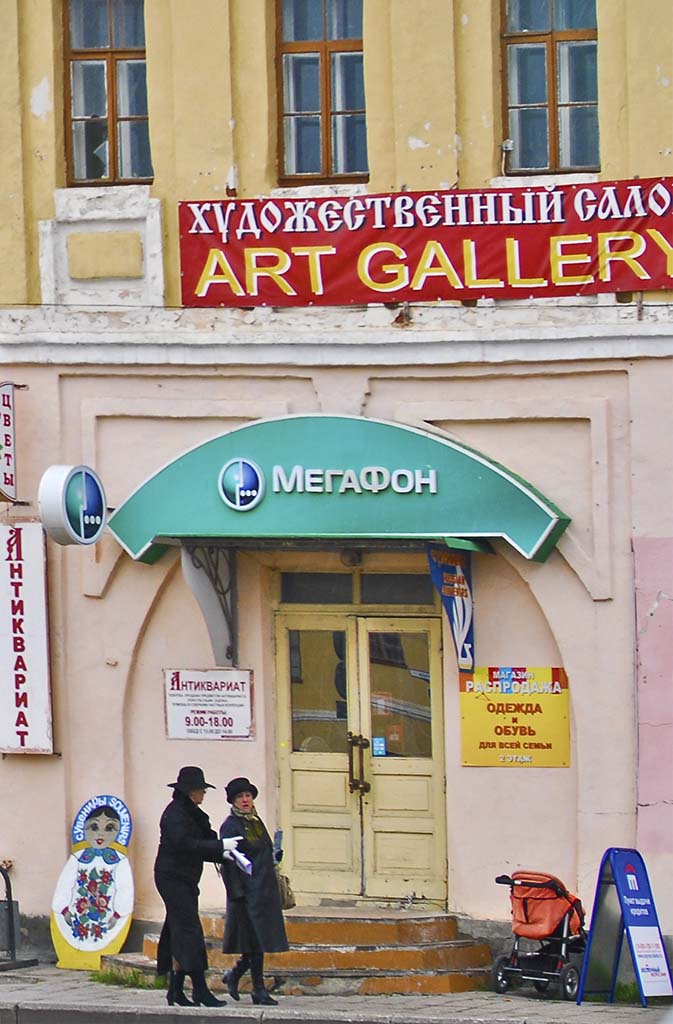
In the port talk about Uglich before we arrived, we’d been cautioned that on the way into town we’d have to make our way past a gauntlet of souvenir sellers. The best buys in Russia are fur hats, hand-painted miniatures and lacquerware. We were also told we’d be better to hold out for stores further along on our trip.
As it turned out we were so near the end of the season that most of the kitsch stalls were not operating and that’s a good thing because we got a much better view of the river side park and its collection of onion-domed churches.
Exploring the village on my own, I found a store selling Russian Army style watches that they said were made locally. But I had my doubts because I’ve seen similar watches on sale in China where they were either made or copied very well. A better bet for local crafts were watercolor paintings of scenes along the shoes of the Volga.
One store had shelves stocked with more than 100 brands of vodka, many of them made in small batches locally. Another had a large display of caviar, although the best quality beluga is still off the menu because the Caspian sturgeon that are its source are still endangered.
The only souvenir I couldn’t resist were CDs of the choirs’ performances recorded in the churches themselves.
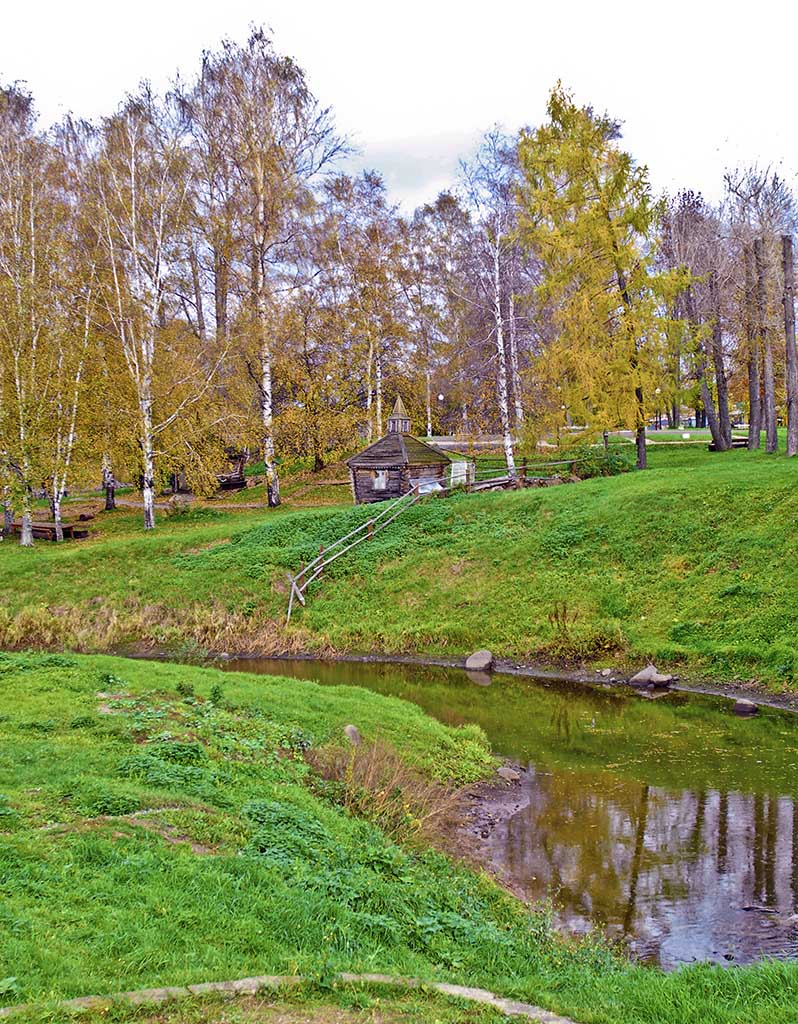
The day was a good introduction to the rural Russia I’d been hoping to discover on our cruise. And there’s a lot more to come.

